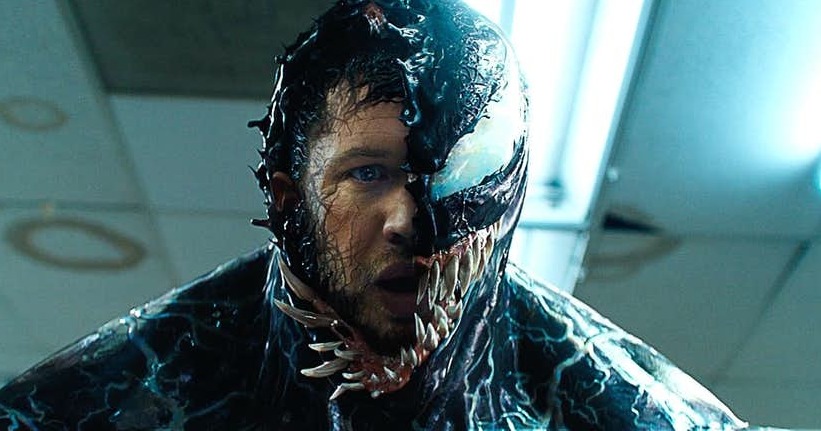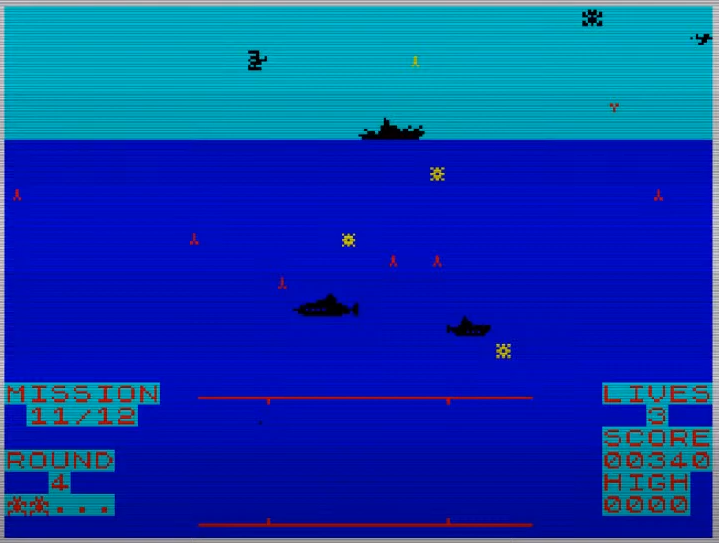See full list on gnu.org. Liquid War 6 is blessed with really intensive documentation, descriping even the most ubscure.xml file. It can be found at If you don't know where to start, read the user's manual. Liquid War (liquidwar6.exe) free download, latest version 5.6.4.1, Liquid War is a rather unique cross-platform strategy game. It puts you in command of a liquid force and your mission is to obliterate the other liquid team.
| Liquid War | |
|---|---|
| Basic Information | |
| Video Game | |
| Christian Mauduit | |
| GPL | |
| Action | |
| GP2X, Microsoft Windows, macOS, GNU/Linux, MS-DOS and FreeBSD | |
| Retail Features | |
| Play Information | |
Player(s) | 2-6 |
| Technical Information | |
| 5.6.4 | |
| International Release Date(s) | |
| MS-DOS July 1, 1995 | |
| Awards | Changelog | Cheats | Codes Codex | Compatibility | Covers | Credits | DLC | Help Localization | Manifest | Modding | Patches | Ratings Reviews | Screenshots | Soundtrack Videos | Walkthrough | |
| Achievements GOG | In-Game | Origin | PlayStation Trophies | Retro Steam | Xbox Live | |
Liquid War is a unique multi-player action game. It is based on an original shortest path algorithm and core concept by Thomas Colcombet and programmed by Christian Mauduit.
Description[edit | edit source]
The LiquidSpring Compressible Liquid Adaptive Suspension System is a smart suspension system for ambulances, commercial, transit and school buses, RVs, and mining equipment. Liquid-based struts and an on-board processor provide better handling and control when you need it, and a smoother, softer ride when you want it.
Gameplay takes place on a 2D battlefield, usually with some obstacles. Each player (2 to 6, computer or human) has an army of particles and a cursor. The objective of the game is to assimilate all enemy particles. The players can only move their cursors and cannot directly control the particles. Each particle follows the shortest path around the obstacles to its team's cursor. A player may have several thousands particles at a time, giving the collection of particles a look of a liquid blob. When a particle moves into a particle from a different team, it will fight and if the opponent particle fails to fight back (it is not moving in the opposite direction) it will eventually be assimilated by its attacker. As particles cannot die but only change teams, the total number of particles on the map remains constant. Since a particle can only fight in one direction at a time (towards its team's cursor), a player that surrounds its opponents will have a distinct advantage. The game ends when one player controls all of the particles or when the time runs out. When the time runs out, the player with the most particles wins.
The are multiple maps which affect the obstacles in the battlefield. These obstacles may affect the strategies of the game.
Liquid War is a multi-player game and can be played by up to 6 people on one computer, or over the Internet or a LAN. A single player mode is available in which the opponents are controlled by the computer. The computer AI's 'strategy' is to constantly choose a random point in the enemy and move its cursor to it.
Cached

History[edit | edit source]

The Liquid War shortest path algorithm was invented by Thomas Colcombet before the game itself. The game came as a result of the algorithm, when he realized its applicability to gaming. Colcombet's friend, Christian Mauduit, enhanced the algorithm and coded the game.
Liquid War 3.0 was released on July 1, 1995. It was a 'barely usable'[1]MS-DOS game with no network support. Version 5.0 was released on September 26, 1998. It was a complete rewrite and used the Allegro library. Network support was introduced in version 5.4.0, released on July 7, 2001. In 2002, Liquid War received the Most Original Linux Game award by The Linux Game Tome,[2] and in 2003 it was nominated for the Les Trophées du Libre, an International Free Software Competition.[3] As of July 2008, the current version is 5.6.4 and is available under MS-DOS, Microsoft Windows, macOS, Linux and FreeBSD. Its author, Christian Mauduit, has announced that a complete rewrite is in progress to produce version 6.0, which will abandon the Allegro library used for 5.x releases for a full OpenGL implementation. Version 6.0 is a part of the GNU project and was expected to be released in 2008. Version 0.0.7 beta, a testing version, was released in October2009. Version 0.0.8 beta has been released in 2010. While there still isn't network support, most parts of the game and engine are finished and playing hotseat and/or against bots works fine, just like version 5.x.
Notes[edit | edit source]
Liquid Warehouse
- ↑release information in “Changes.txt”
- ↑And the winners are.... Happypenguin.org (28 January 2003). Retrieved on 2007-10-21
- ↑2003 - First competition(French). Les Trophées du Libre. Retrieved on 2008-07-24
References[edit | edit source]

Liquid Wart Remover How To Use
- Mauduit, Christian. Liquid war 5 documentation. Retrieved on 2007-04-10
- Mauduit, Christian. Liquid war 6 documentation. Retrieved on 2007-04-10
- Barr, Joe (21 July 2000). 'Procrastinate with these Linux games'. CNN. http://archives.cnn.com/2000/TECH/computing/07/21/linux.fun.games.idg/index.html. Retrieved 2007-10-21.

External Links[edit | edit source]
The minimap in a strategy game shrinks a huge war into the size of a small window. At such a large scale, whether set in ancient Rome or a distant planet, any battle will look like thousands of multicolored dots running around. In a way, it boils the strategy game genre down to its most basic pieces – fighting dots.
Liquid War 5 totally embraces that reduction and runs with it. You control a liquid made up of hundreds of particles, fighting against other liquids. (Maybe it’s more like those web games where you play with a fountain of powder.) It gets the beats of a big battle in the simplest terms, mixed with the weird sensory experience of being a puddle of goop.
Liquid War started as the generic strategy game it resembles at first glance. Thomas Colcombet (Thom-Thom) created the first prototype of Liquid War in 1995 as a programming test for character path-finding; his friend Christian Manduit expanded on it, though by his own admission earlier versions were unstable and nearly unplayable. Liquid War 5, possibly the first good version, debuted in 1998 and stayed in development for about a decade before Manduit started on Liquid War 6. (This post is based on version 5.6.3, the penultimate release, because the final release has a strange graphics issue.)
Since those earliest versions, Liquid War has had the same core strategy. When two liquids collide, they try to consume each other. That’s easier when the liquids are thinner and moving around. If two liquids hit head-on, they stop, thicken, and clot, causing a stalemate. To really rough up another liquid, you need to attack it from multiple angles, forcing it to spread out and thin out.
On a wide-open map, a liquid war is a big frantic rush to clobber each other with little room for creativity, like a bunch of lions fighting in a coliseum. Most maps generally have more going on – more interesting geometry to navigate your cursor around. The default Liquid War stage (called “genuine” by the game) is a great example; it’s built out of pipes, alcoves, and obstacles, creating places for liquids to seep through, clog up, and fight around each other. You frequently have multiple ways to move and, consequently, multiple ways to be attacked.
The 150 maps in Liquid War 5 create slightly different strategies. Their variety defines the flow of the game. Map #25, Fish, has dozens of half-circle shapes that catch your cursor if you try moving against them. Pool and Pipes consists of small pods connected by wirey tubes that constrict the flow of your liquid as you trickle it through the web-like layout. In all of them, control of passageways equals control of the map and control of the game. See the brilliant map Computer, where a razor-thin grid on top of the usual obstacles gives liquids a tight path to go anywhere on the map; oozing into the grid is critical. (It must also be acknowledged that one map contains a racist drawing. It’s uncomfortable that the developers felt okay including it.)
Liquidware
Unique map patterns, like this sitting man, give every match its own playbook
Liquid Wart Flat
Liquid War 5 is at its most energetic with four or five liquids trying to encircle each other. When just two liquids remain, they get in slow head-to-head standoff where every little movement or calculated decision to back off can upend the field. By the developer’s own admission, the computer opponent “has no strategy at all” [link] – maybe not an ideal fit for a game that ends like this, but the AI’s variable aggression levels (and other tweakable game logic factors, like how quickly liquid recovers from fighting) are surprising anyway. Worst case, it always ends after four minutes.
Liquid Wart Treatment
You start to think like a liquid after playing for a while, if that’s possible. The game sloshes back and forth with water sounds and a slightly nauseating visual effect as your liquid flows into whatever space it can reach. Maps have a corporate PowerPoint theme aesthetic that pulls you deeper into the game’s watery character (minus the wonderful, stranger maps, like a chart of the solar system).
Though you could turn off all the effects and play it like a minimap from a more straight-laced war game, all the embellishments give you a better idea of how the game should be played. Its strategy involves keeping track of where and how all your particles are drifting around. It’s easier if you imagine yourself as a puddle that can expand, split, spill over, and fill up nooks and crannies.
Liquid Warmer
Trivia!
Normally, when you quit Liquid War 5, the game gives the polite message “Thanks for playing Liquid War! I hope you enjoyed it.” If the game crashes for some reason, it instead says “Thanks for trying to play Liquid War… I’m sorry for the trouble it’s causing you.”
